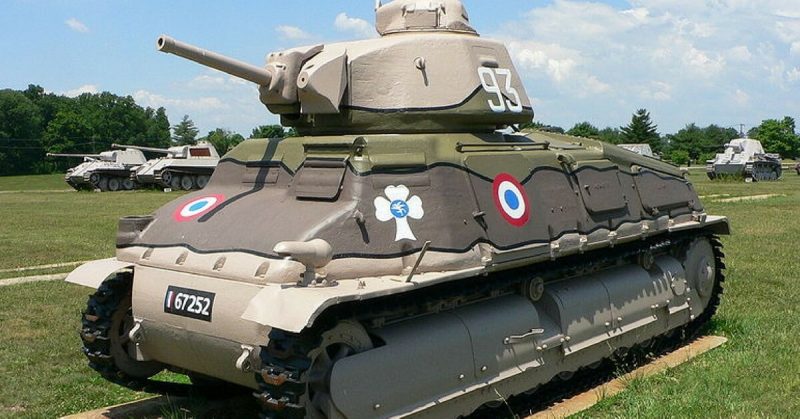SOMUA S35 (“S” stands for SOMUA) was a French pre-war medium tank that was intended to serve as a cavalry cruiser tank for the French Army.
It was first produced in 1935 and entered service the following year. Its specifications include a 47 mm SA 35 gun, and armor that ranged from 47 mm (hull front) to 20 mm (top).
The tank’s secondary armament was a machine gun model 7.5 mm Mitrailleuse mle 1931 which was optionally coaxial. It ran on a V-8 petrol, 190 horse power strong (140 kW) engine, developing a maximum speed of 40.7 km/h (25.3 mph) on roads.
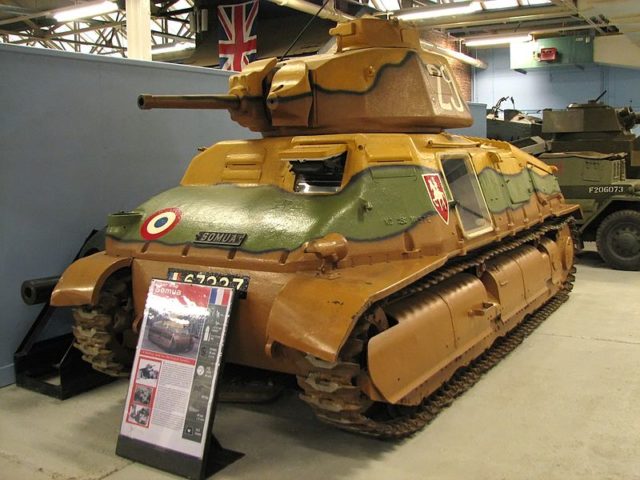
During the mid-thirties, there was a strict division of different roles among tanks. Thus the terms “infantry tank” and “cavalry” tank. The British spearheaded the idea that the tank should, in fact, replace cavalry on a battlefield, combining firepower and speed in order to conduct charges that would break through the enemy defense lines.
France relied on a defensive strategy prior to WWII, which explains the complex, but ineffective Maginot Line. The use of cavalry tanks were intended to serve as a back-up, in case an offensive proved necessary.
Even though it was considered by some to be the best pre-war tank in the world, the S35 had one significant setback ― its 3-man crew.
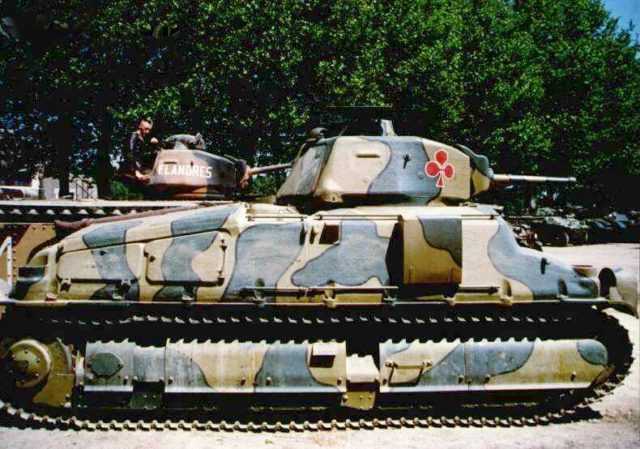
Rather precisely, its commander, who was responsible for filling the shoes of a gunner and a loader, while commanding the tank.
The other two members of the crew were the driver and the radio operator.
When Hitler’s surprise attack commenced across the flatlands of Belgium, most of these tanks had not been supplied with radio equipment and were not able to provide a well-organized resistance.
Out of approximately 440 produced, there were only 288 S35 tanks active and deployed to their divisions when the invasion occurred.
Continues on Page Two
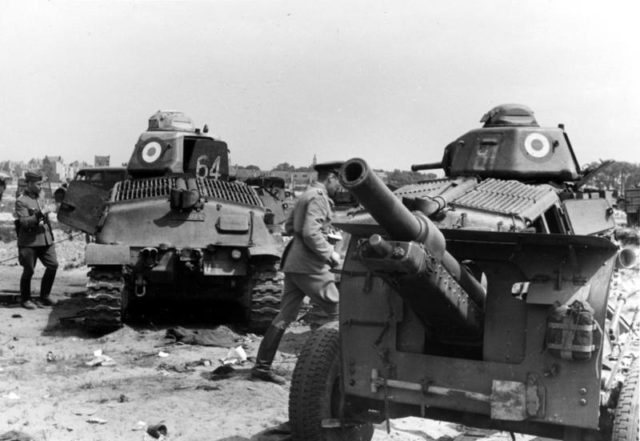
During the Battle of Hannut, which took place on 12th of May, 1940, the SOMUA S35 had its first taste of blood. The battle came as a result of the French decision to conduct a counter-offensive in order to stop the German advance through Belgium.
Unfortunately, lack of communication and a faulty military doctrine imposed by the French headquarters resulted in defeat.
Even though the French tanks were considered to be superior to their German opponents, they were no match for the developed tank tactics of the Wehrmacht.
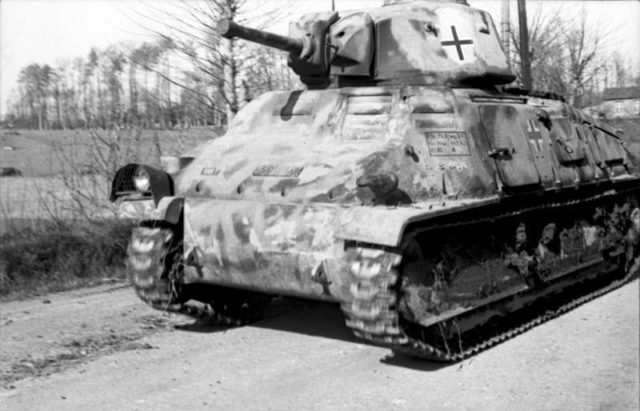
The German tanks were better coordinated and mobile, while the French tanks dug in, to await an attack and therefore the Germans could easily out-manoeuvre them.
The Battle of Hannut was the greatest tank battle of the time, with more than 1200 tanks involved.
France fell within six weeks after the battle, with a vast number of its troops surrendering and abandoning their vehicles before the advancing Germans.
As Hitler’s army was in constant need of tanks and weapons, he utilized the captured equipment, most notably the S35 tanks, which truly performed well in combat.
The 297 S35 tanks that were captured were used mainly on the Eastern Front. Some of them were delivered to German satellite states such as Bulgaria, and the rest were in use by the puppet regime of Vichy France.
